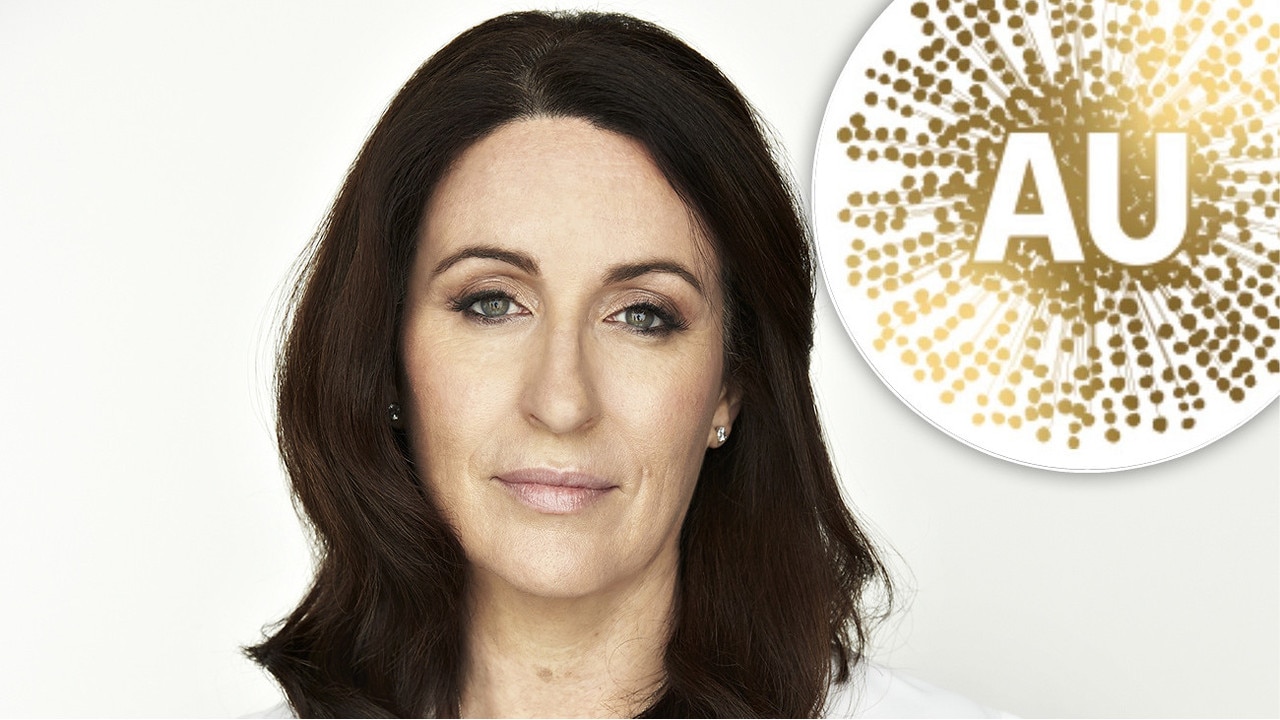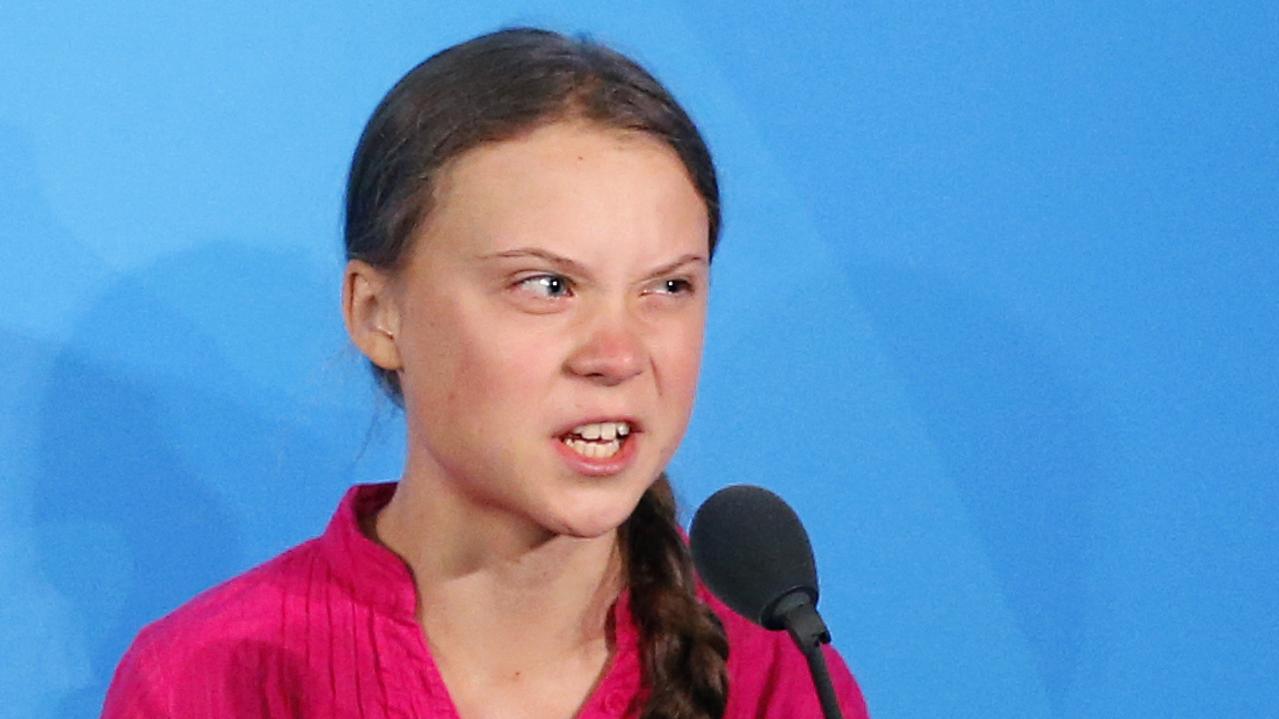Schools should support gay kids, not shun them
DO we really want to live in a country where schools can reject children for their sexuality, asks Seb Starcevic. Just because a belief is sincerely held, doesn’t make it acceptable.
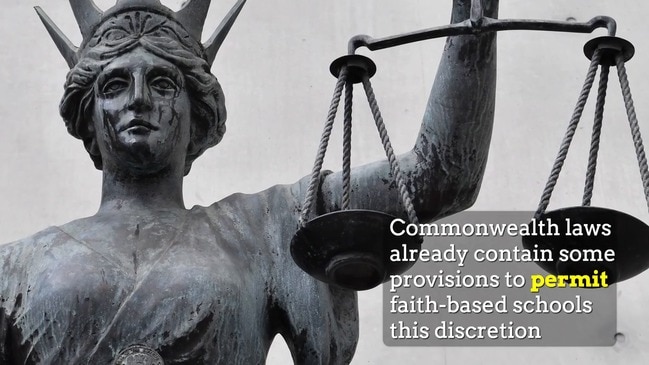
Rendezview
Don't miss out on the headlines from Rendezview. Followed categories will be added to My News.
AFTER months of cruel uncertainty about the contents of the government’s religious freedoms review, parts of it leaked today, and it’s as bad as we thought.
Though the Ruddock Review, widely perceived as a sort of consolation prize for opponents of marriage equality, was delivered to the government way back in May when Malcolm Turnbull refused to release it despite repeated requests from community leaders and the Senate.
Now we know — on World Mental Health Day, of all days — that among the report’s recommendations is a proposal that religious schools across Australia be allowed to turn away prospective students and teachers who are openly gay.
While our laws already allow this in some states, this new law, if enacted, would enshrine the right of religious schools to discriminate against LGBT staff and students nationwide.
As you would expect, there are some caveats to the proposal. For instance, the report recommends existing students be protected, meaning those already enrolled at a religious school wouldn’t be turfed out if they come out as gay or transgender to their classmates while still at school.
But LGBT advocates have expressed their dismay at the proposal, including federal Greens senator Janet Rice, who described it as a “disaster”, and independent Sydney MP and co-chair of the ‘Yes’ marriage equality campaign Alex Greenwich, who said it runs the risk of “increasing bullying”.
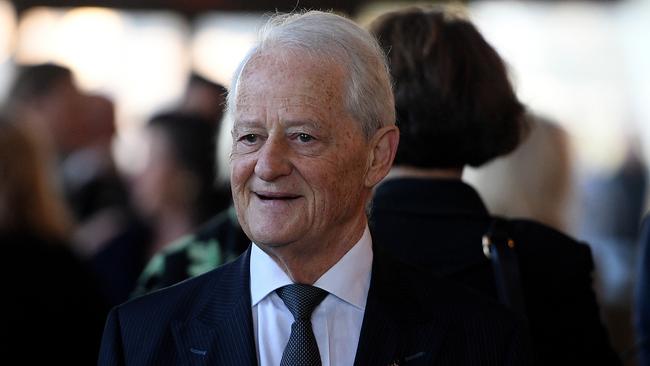
And as someone who attended an all-boys Catholic high school, I’d have to agree.
My school was comparatively more accepting than others. For instance, we were one of the only religious schools in the country to adopt the Safe Schools program, a move that had people calling for the principal’s resignation (something he refused to do).
But still, homophobia was rife, a by-product of the toxic masculinity that permeated such a testosterone-drenched environment. Our school’s song, played at every assembly with the lyrics beamed onto a pull-down screen, included a particularly revealing line: “We strive for the highest in a manly way”.
I remember clearly the moment I saw a religious text on our student booklist that described homosexuality as “intrinsically disordered”.
I remember when my request to celebrate IDAHO Day was denied.
I remember when I asked to start a Gay-Straight Alliance and was told it couldn’t have “gay” in the name.
There’s no doubt some religious schools and institutions sincerely believe they should be able to discriminate against LGBT people. That it’s even their right to do so. But a sincerely held belief doesn’t mean it’s acceptable.
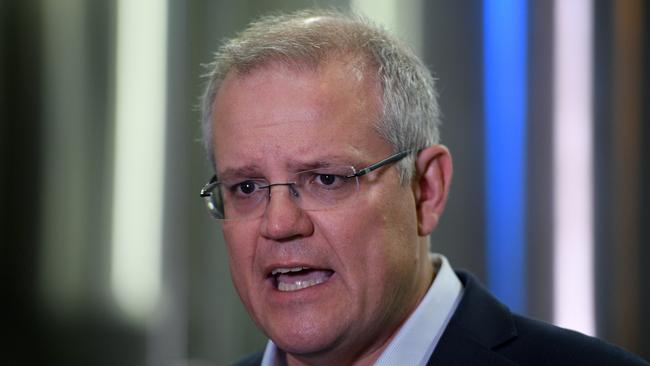
Over time, we’ve thankfully progressed to the point where other forms of discrimination, like racism and sexism, more often than not elicit an innate gag reflex from most people. Those things still exist, tenaciously rusted onto society, but for the most part, we don’t legitimise them. Conventional wisdom holds that no matter your belief system, bald-faced bigotry simply isn’t okay.
So what message is the government sending the LGBT community when they codify an exemption for homophobia in our discrimination laws?
According to the National LGBTI Health Alliance, LGBTI young people aged 16 to 27 are already five times more likely to attempt suicide. That’s on top of the enormously destructive past 12 months the LGBT community faced via the taxpayer-funded postal ballot that attempted to refuse us the same rights as heterosexual Australians. It was a process that allowed some of our highest members of government to deftly side-step condemning conversion therapy, and played out for months like a form of national psychological warfare. And now, after all that, we’re going to tell kids they’re not welcome at certain schools?
It’s hard enough being a gay teen as it is. Schools don’t need a license to discriminate on top of that.
Enough is enough.

